The Alhambra for children II. Seeing and understanding the Alhambra
The 15th century Alhambra
Welcome back to our journey through time! We land again in Al Ándalus, in the Alhambra, in the 15th century.
We will find a Muslim city as I told you in the previous post.
It was a city with narrow streets, full of people, noises, smells….. This city was very similar to many other Muslim cities but with a difference, we are in the Alhambra and that’s why the Palaces are nearby.
The Alhambra and its Palaces
Let’s take a leap and move to the most beautiful part of the Alhambra, to its palaces. We are going to talk about the three palaces that are still preserved, although there were some more.
When you enter you will be surprised by all the decoration, you will surely be left with your mouth open and indeed that was their aim, to impress those who enter them and to show the power of the sultan, but also the enjoyment of those who lived there.
We start with the first palace, the one we still know as the Mexuar, which had an administrative function, it was where the ministers met and where justice was administered. We begin to see the typical decoration of the Alhambra, which is repeated throughout the visit.
Let’s talk a bit about the decoration around you. Try to guess the materials used. You will have already guessed that the ceilings are made of wood and as for most of the materials used in the Alhambra, they were clever and used the ones they found near Granada. The ceilings are impressive, they are puzzles of thousands of pieces. You have to be an expert in geometry to make them.
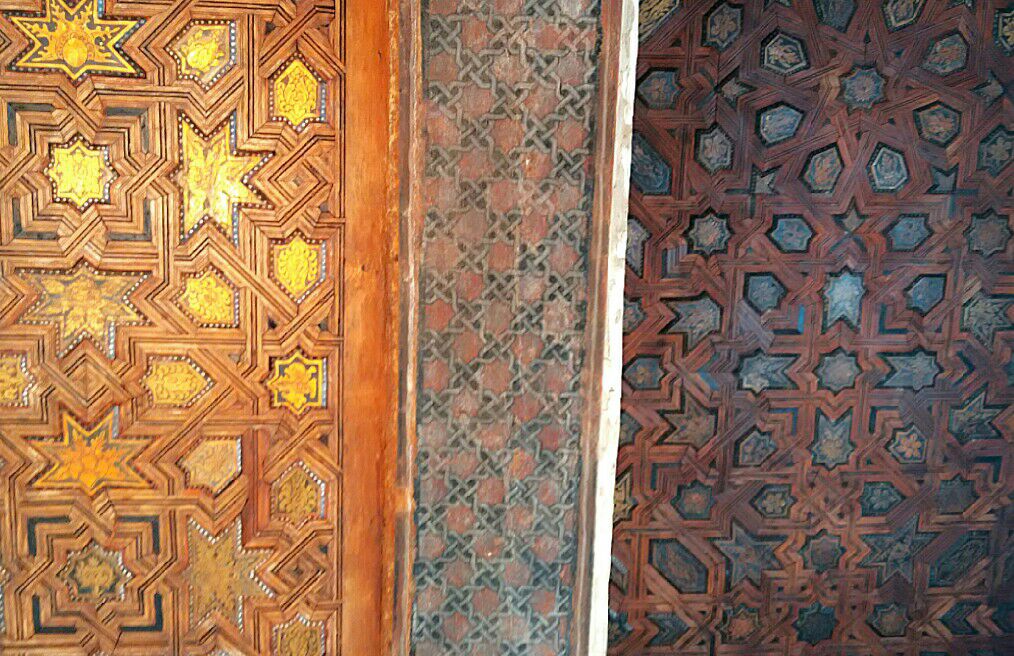
Let’s play a game, try to find these three types of decoration on the picture below.
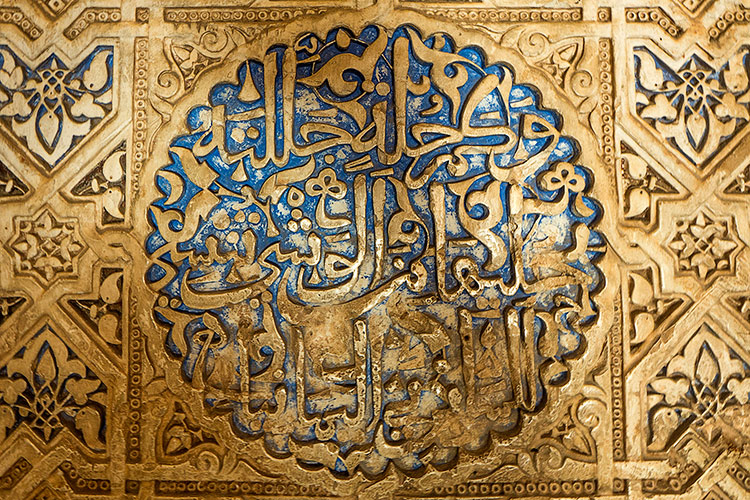
I’m sure you’ve found them all.
We move on to the next material. If you look a little further down you will see a ceramic skirting board. Just like the ceiling, they are small pieces that are joined together to form a puzzle. You have to do it on the floor, with the pieces facing downwards and then lift it up and glue it to the wall. Can you imagine if you make a mistake in one piece, put another one of a different colour and discover it only when it’s glued to the wall? Well, it seems to have happened once and I’m sure the sultan was very angry.
Finally, we have the beautiful columns which are made of white marble.
And now to close your eyes, imagine everything around you painted in bright colours. Do you think it would be beautiful? Do you prefer it as it is today? There are all kinds of opinions, but what is certain is that these Andalusians liked it with colours.
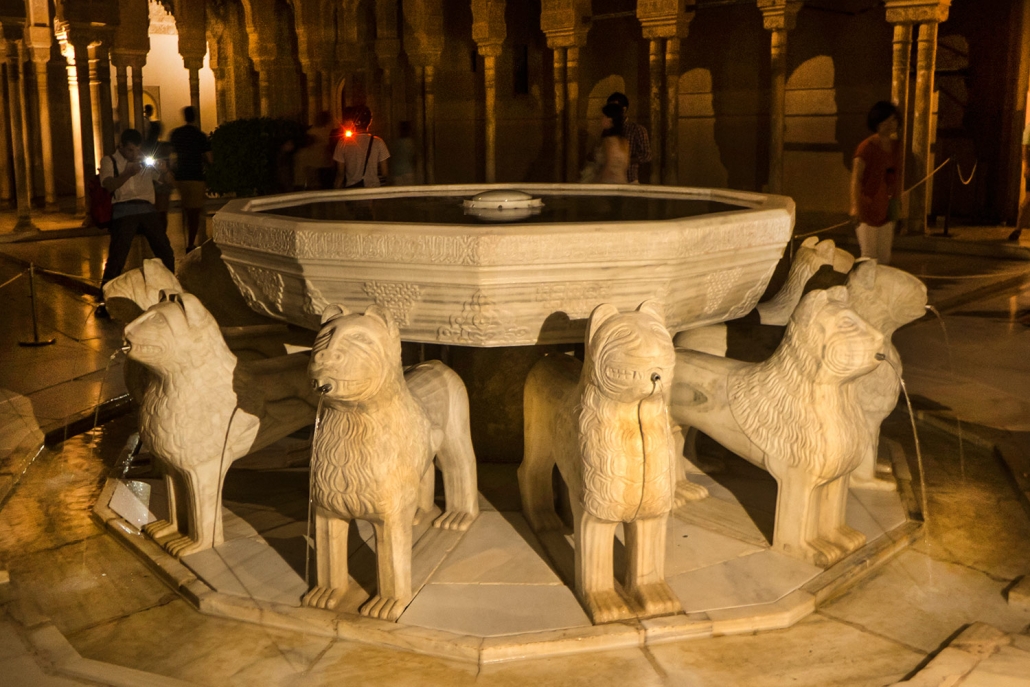
The last of our palaces is the famous Patio de los Leones. We are entering the private sphere, where people lived, where parties were held, where music and poetry recitals were held.
But how could you live here in winter, what are those marble lions doing in the courtyard, why are the windows without glass or why are they so high?
Find out with us in our private tours of the Alhambra and Granada with children, not only to see and enjoy with the family but also to understand the Alhambra and all its corners, we are waiting for you!
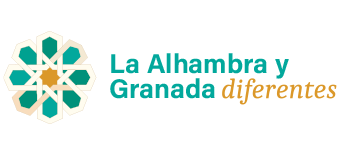
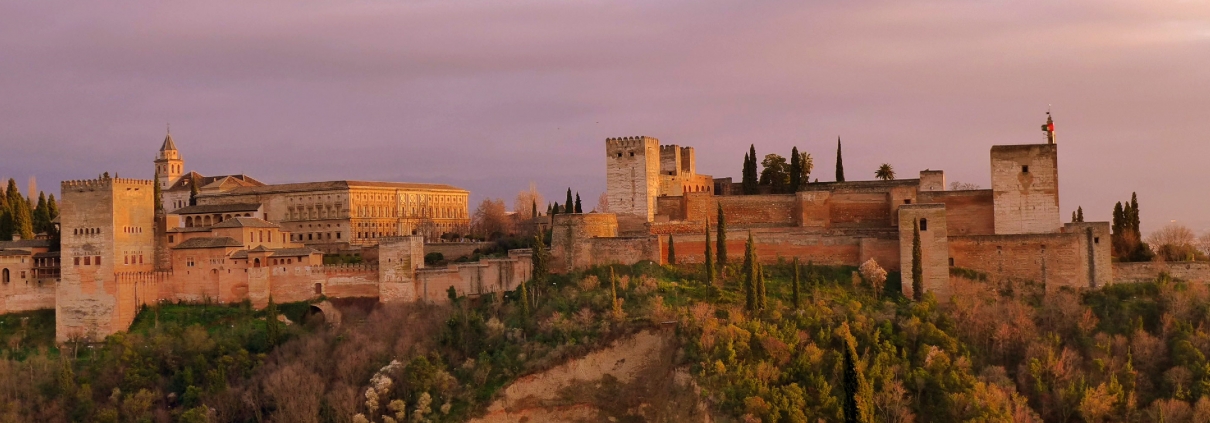



Leave a Reply
Want to join the discussion?Feel free to contribute!